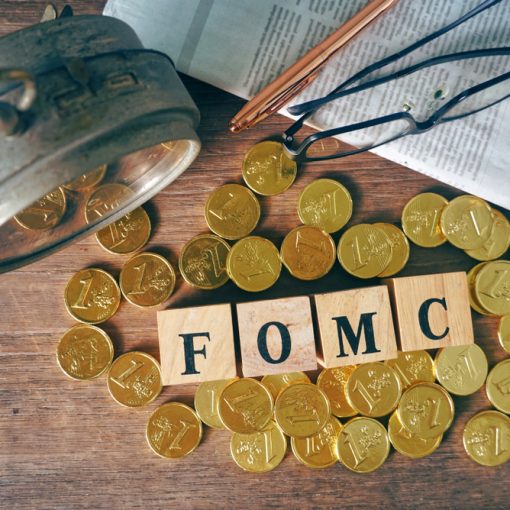I wrote earlier this year that the 60/40 portfolio is dead. Well, rumors of its death were not greatly exaggerated.
The 60/40 portfolio that served retired investors so well over the past 30 years is gone… and it’s not coming back any time soon, in my opinion. As investors, we have to move on.
While it’s true that a simple 60/40 portfolio of the SPDR S&P 500 ETF (SPY) and the iShares Core US Aggregate Bond ETF (AGG) is actually enjoying a nice run in 2016, don’t get used to it. The math simply doesn’t work out going forward, in my opinion.

The Math
Back in 1980, the 10-year Treasury yielded a fat 11.1%, and stocks sported an earnings yield (calculated as earnings/price, or the P/E ratio turned upside down) of 13.5%.
This implied a back-of-the-envelope portfolio return of about 12.5% per year going forward, and for much of the 1980s and 1990s that proved to be a conservative estimate.
Both stocks and bonds were priced to deliver stellar returns, and both most certainly did.
Shifting Terrain
But what about today? The 10-year Treasury yields a pathetic 1.5% and the S&P 500 trades at an earnings yield of around 4%. That gives you a blended portfolio expected return of an almost embarrassing 2.8%.
You know the refrain: past performance is no guarantee of future results. There is no guarantee, at least with respect to stocks, that expensive assets can’t get even more expensive.
It’s possible that the great bull run in stocks could continue indefinitely, however unlikely it might be.
In my opinion, I can’t say the same for bonds. Starting at a 1.5% yield to maturity (or even the 4% you might find on a mid-grade corporate bond) you cannot have returns going forward that are anything close to the returns of the past.
Bond yields would have to go negative, and I don’t mean the (0.15%) we see today on the Japanese 10-year bond. I’m talking (5%) or (10%) or even more.
Disappointing Returns
That’s not going to happen. Or if somehow it did — if investors got so petrified that they piled into bonds to the extent that yields went negative to that degree — then I would assume the stock portion of your portfolio effectively fell to zero at that point.
The bottom line here is that, even under the most optimistic scenario, investors are looking at disappointing returns in a standard 60/40 portfolio.
So, what are investors supposed to do about it? They can’t just stuff their cash in a mattress for the next 5-10 years. Most of us actually need to earn a return on our money.
Three Options
I’d offer the following suggestions:
Consider taking a more active approach to investing.
To the extent you invest in traditional stocks and bonds, don’t be a buy and hold index investor. Yes, low fees are great. But the fact that you paid Vanguard only 0.09% per year in management fees won’t really matter if you’re returns are still close to zero.
Instead, try a more active strategy, perhaps focusing on value or momentum. Or perhaps try a dividend focused strategy. With a dividend strategy, you can realize a cash return even if the market goes nowhere for years at a time.
Consider investing outside of the market.
If you’re willing to get your hands dirty, consider starting your own business or investing in a cash flowing rental property. Yes, there is more work involved, and there is the risk of failure. But there is also risk in trusting your savings to a fickle market when both stocks and bonds are both expensive by historical standards.
Consider a truly alternative asset allocation.
This final point is really my specialty. To the extent I can, I am eliminating traditional bonds from the portfolios of most of my clients and replacing them with non-correlated (or at least minimally-correlated) alternative investments. A standard 60/40 stock and bond portfolio might instead become a 50/50 dividend stocks and alternative investments portfolio.
“Alternative investments” is a generic term that can mean just about anything. In practice, for me it has meant a combination of long/short strategies, options writing strategies, absolute return hedge funds, and liquid alternative portfolios. I’ve even incorporated a liquid alternative robo advisor into the mix.
Rare Bird
Will a non-traditional portfolio like this outperform over time?
Frankly, I don’t know. No one does. We’ve never seen a market like today’s.
But to me, it’s the only move that makes sense. Taking the traditional path is a virtual guarantee of disappointment. Incorporating alternatives into the portfolio at least gives us the potential for solid returns.
Photo Credit: lux.musica.khaos via Flickr Creative Commons




